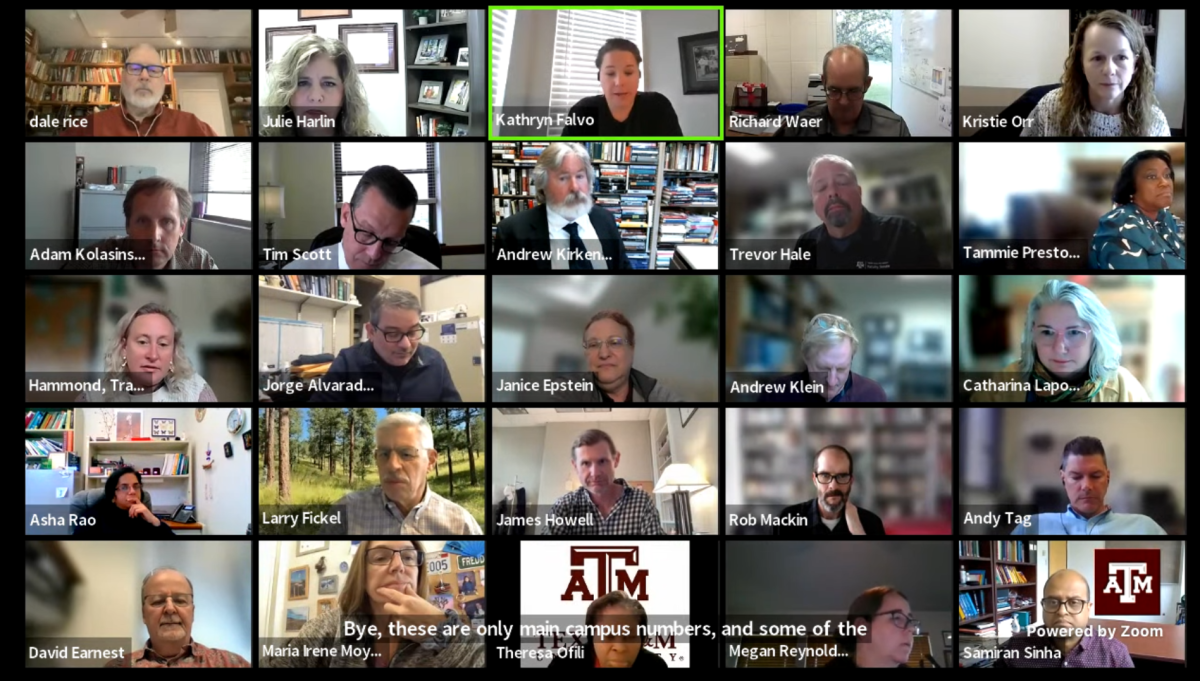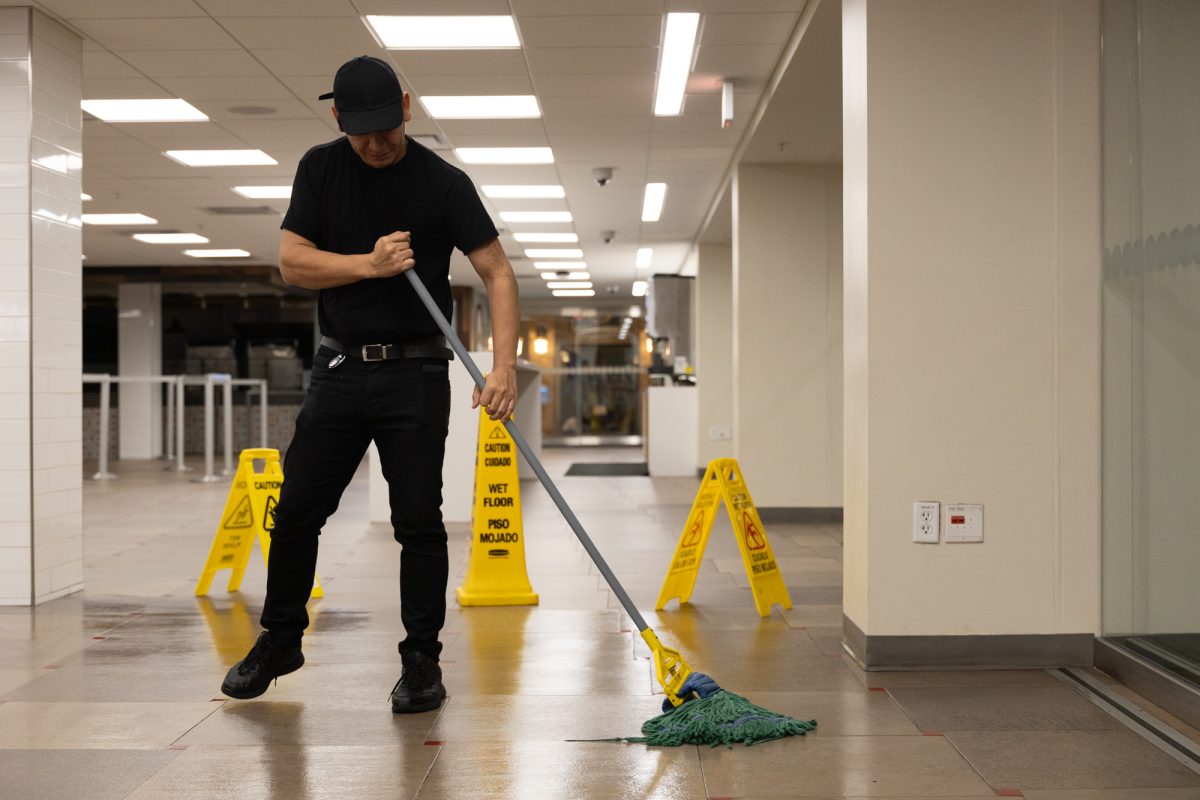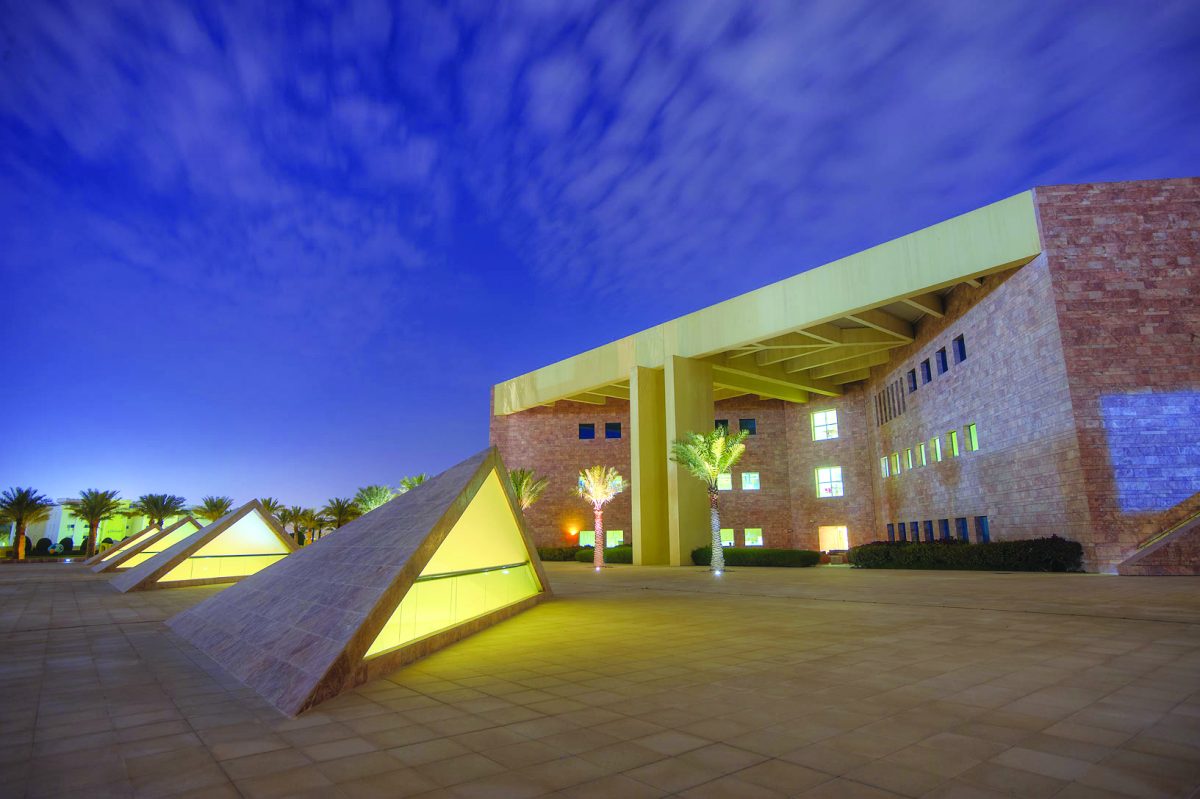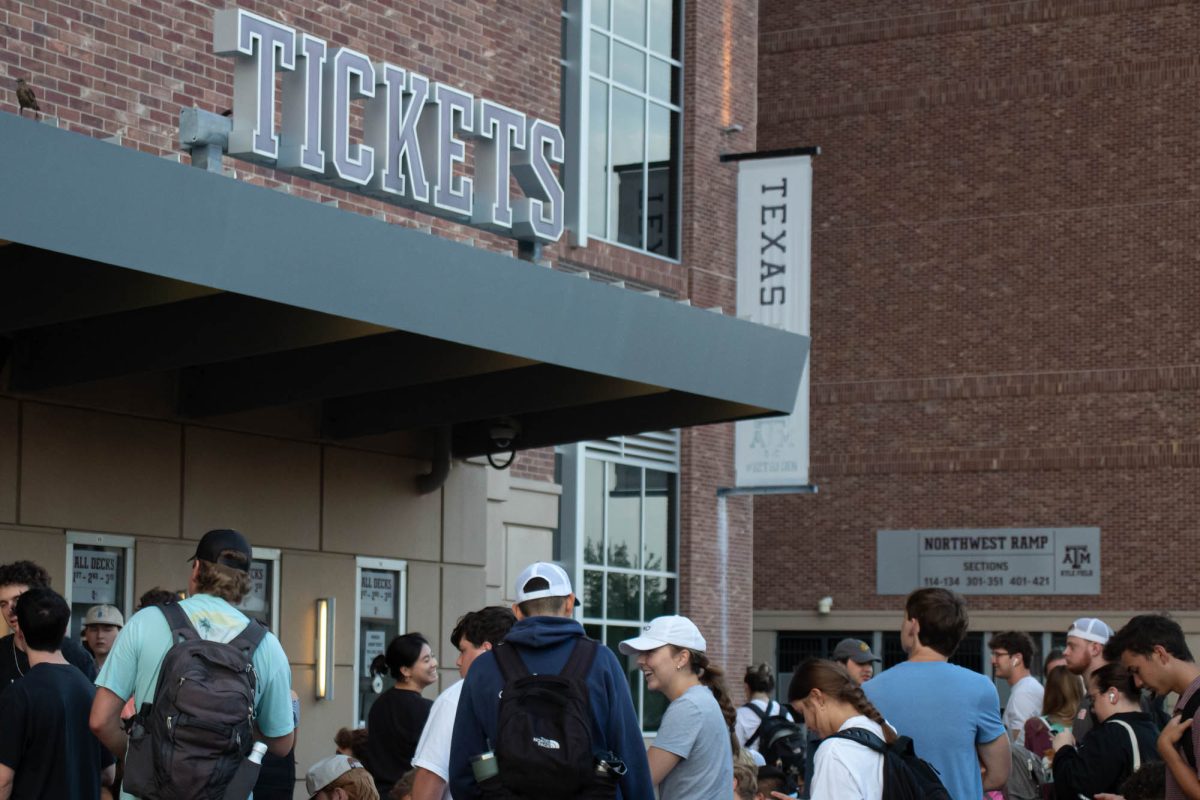Monday’s faculty senate meeting was joined by Kristie Orr, Ph.D., director of Texas A&M’s Disability Resources, who discussed efforts to make A&M more equitable and accessible.
Orr began by emphasizing the reasoning behind the recent renaming of the department.
“I did want to make one clarification before I continue on … We changed the name of our office to Disability Resources several years ago,” Orr said. “So I know we get called Disability Services a lot. But it was a very intentional change, and that we want to be a resource for the whole campus community. And we are as much a resource for faculty as we are for students.”
Cooperation with faculty members, rather than faculty simply fielding orders from Disability Resources or vice versa is crucial to the department’s mission, Orr said.
“We do see ourselves as partners with faculty members,” Orr said. “We want to be collaborating together to figure out what’s right for your class, for the student, and just make sure that we’re working together to achieve that access.”
The department’s goal is not to give certain students advantages, but to put all students on a level playing field by determining and providing accommodations, Orr said.
“We are not here to try to provide some sort of additional leg up,” Orr said. “We’re not trying to do something to give students an unfair advantage. What we’re trying to do is make sure that we are giving them a level playing field. We want it to be equitable for all of the students here on campus.”
The Disability Resource’s testing center, which provides a testing space for students who require accommodations, has had difficulties in making space for students who need it, Orr said.
“Lack of adequate space [is a challenge],” Orr said. “We’re out of space in our testing center … we’ve run out of seats for students testing.”
Testing centers, Orr said, are not universally present among universities across the country.
“Some schools don’t have a testing center, in some schools, faculty members have to do the tests, they have to provide the accommodations,” Orr said. “We don’t want that necessarily. But we do want it to be seen as a partnership that we want to see what we can do to make your life better.”
Catharina Laporte, Ph.D., instructional associate professor of anthropology and College of Arts and Sciences senator, said unconventional approaches to teaching could alleviate some of the strain on disability resources.
“Because of the way that I teach a class with no exams and lots of active learning, I have not had to [provide testing accommodations to] one student this semester at all,” Laporte said. “The students with those kinds of accommodations love getting up and they love talking in the class and they love walking around the room and not having exams and having alternative forms of assessment. So my drive on campus is to change the pedagogy so we don’t need testing centers at all.”
Trevor Hale, Ph.D., clinical professor of business analytics and Mays business school senator, said for his courses testing centers are a necessity, citing statistics stated by Orr.
“I’ll go the other end of that. We need testing centers because, well, we need testing centers,” Hale said. “[For] 85% [of students requesting accommodations], it’s just the extra time. All of that goes away with testing centers. I use 36 minute quizzes so it fits in a 75-minute class … Catharina says she has classes of 100, I have classes of 400. I get 11 a week with disability requests, most of them are just for extra time … I want the [remainder of my classes used for] teaching, not used for assessments.”
Dr. Mark Sicilio, M.D., associate department head and senator of the School of Medicine, concluded the Q&A session by recognizing Orr’s service to the community.
“Dr. Orr, I’ve watched you from afar for decades, and I’m so very proud of what you do for the students and faculty here at Texas A&M,” Sicilio said. “I hope that the faculty senate can continue to advocate for the needs of the students and the faculties and for you to get adequate staffing to help you help them. So, thank you very much.”









